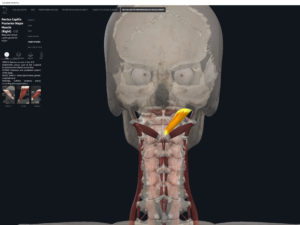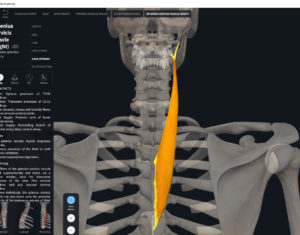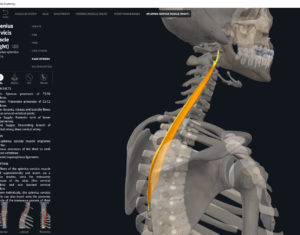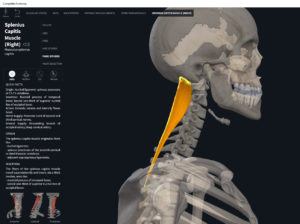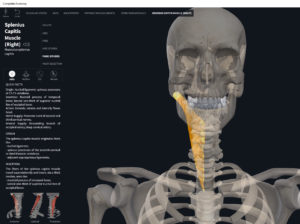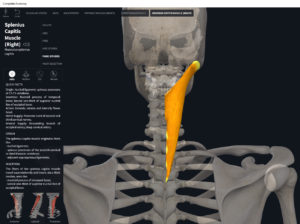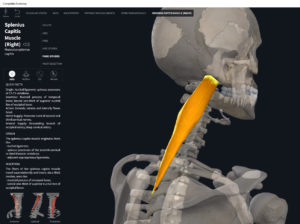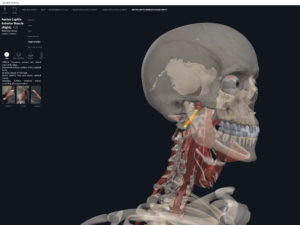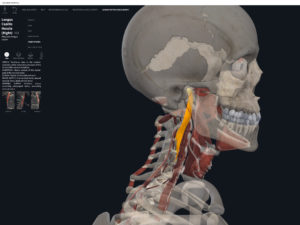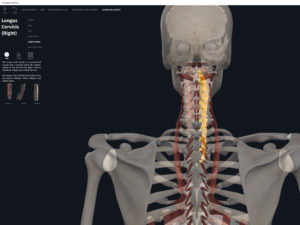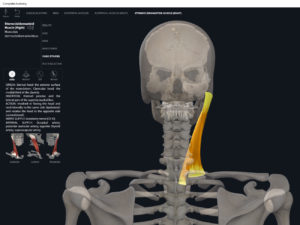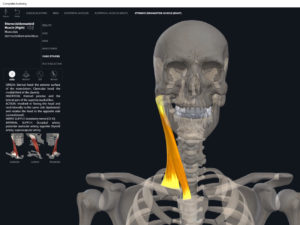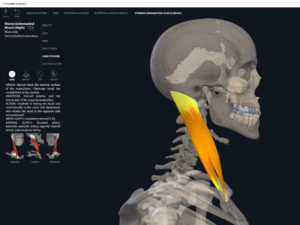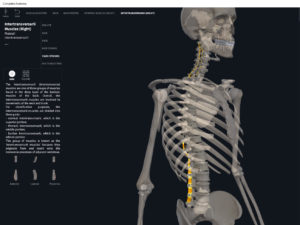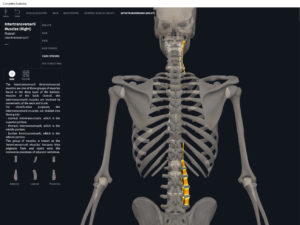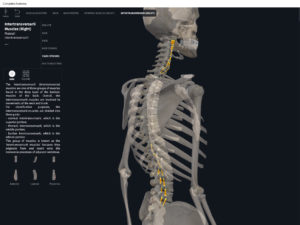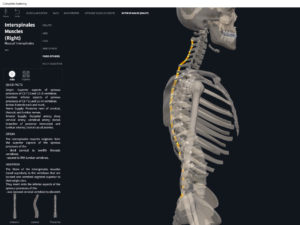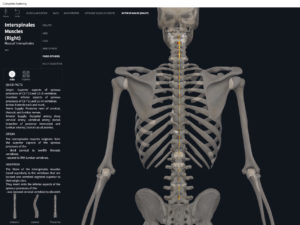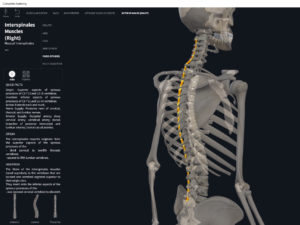Anatomy & Physiology: Muscles—Rectus Capitis Posterior Major.
Structure.
- Origin: spinous process of C2.
- Insertion: later 1/2 of inferior nuchal line.
Function.
- Concentric action: head extension at atlanto-occipital joint (AOJ). Lesser: head lateral flexion; head ipsilateral rotation.
- Reverse mover action: upper cervical spine extension, lateral flexion, contralateral rotation.
- Eccentric action: controls/restrains/slows flexion, contralateral lateral flexion, contralateral rotation of head.
- Isometric action: stabilization of head and AOJ.
- Innervation: suboccipital nerve.
- Arterial supply: occipital artery, deep cervical artery, branches of vertebral artery.
Clinical Significance.
References
Biel, A. (2015). Trail guide to the body: A hands-on guide to locating muscles, bones and more.
Cedars-Sinai. (2018). Vertebrae of the spine. Retrieved from https://www.cedars-sinai.org/health-library/diseases-and-conditions/v/vertebrae-of-the-spine.html
Clark, M., Lucett, S., Sutton, B. G., & National Academy of Sports Medicine. (2014). NASM essentials of corrective exercise training. Burlington, MA: Jones & Bartlett Learning.
Jenkins, G., & Tortora, G. J. (2012). Anatomy and Physiology: From Science to Life, 3rd Edition International Stu. John Wiley & Sons.
Muscolino, J. E. (2017). The muscular system manual: The skeletal muscles of the human body.
